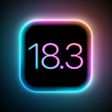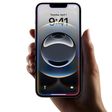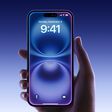Apple today seeded the second public betas of upcoming iOS 18.2, iPadOS 18.2, and macOS Sequoia 15.2 updates, allowing the public to continue testing new features ahead of when the software launches. The public betas come a day after Apple provided developers with new betas.

Public beta testers can download the updates from the Settings app on each device after opting into the beta through Apple's public beta testing website. Note that Apple has also released public betas for watchOS 11.2, tvOS 18.2, and the latest HomePod software.
iOS 18.2, iPadOS 18.2, and macOS Sequoia introduce the next Apple Intelligence features, including the first image generation capabilities.
The update adds Image Playground, a new app for creating images based on text descriptions. You can enter anything you want, though Apple will suggest costumes, locations, items, and more to add to an image. There are options to create characters that resemble your friends and family, and you can choose a photo for Image Playground to use as inspiration to create a related image. Elements added to Image Playground creations are previewed, and there is a preview history so you can undo a change and go back to a prior version.
While Image Playground is a standalone app, it is also integrated into Messages, Notes, Freeform, and more. Image Playground does not make photorealistic images and is instead limited to animation or illustration styles.
The update also adds Genmoji, which are customizable emoji characters that you can create based on descriptions and phrases. Like Image Playground creations, you can base them on your friends and family, with the data pulled from the People album in Photos. You can also make characters using basic elements, and you'll get multiple Genmoji suggestions to choose from. You can create Genmoji using the emoji keyboard.
Genmoji are limited to iOS 18.2 and iPadOS 18.2 right now, and will be coming to macOS Sequoia later.
Siri in iOS 18.2, iPadOS 18.2, and macOS Sequoia 15.2 has ChatGPT integration. If Siri is unable to provide an answer to a question, Siri will hand the request over to ChatGPT, though Siri will need user permission first. ChatGPT will answer the question and relay the information back through Siri.
ChatGPT can be used to create content from scratch, including text and images. No account is required to use ChatGPT integration, and Apple and OpenAI do not store requests.
If you have an iPhone 16, there's a Visual Intelligence feature in iOS 18.2 that provides information about what's around you. Open up the camera and point it at a restaurant to get reviews, or point it at an item to search Google for it.
Some other Visual Intelligence capabilities include reading text out loud, detecting phone numbers and addresses to add them to Contacts, copying text, and summarizing text.
Apple added Writing Tools in iOS 18.1, but in iOS 18.2, you can more freely describe the tone or content change that you want to make, such as adding more action words, or turning an email into a poem.
Apple Intelligence now supports localized English in Australia, Canada, New Zealand, South Africa, Ireland, and the UK in addition to U.S. English.
Wait List
If you've already been testing Apple Intelligence and are opted in, you will have access to Writing Tools, ChatGPT integration, and Visual Intelligence automatically.
There is a secondary waiting list for early access to use Genmoji, Image Playground, and Image Wand. You can sign up to get access in Image Playground or in the areas where you access Genmoji or Image Wand.
When you request access, you are added to a wait list for all three capabilities and you'll get a notification when the features are available for you to use. Apple will roll out access over time.
Availability and Compatibility
The public betas are available on all devices, but the Apple Intelligence features require a device capable of Apple Intelligence.
Apple is still working on refining the new Apple Intelligence tools, and the company warns that Genmoji, Image Wand, and Image Playground can sometimes give you results you weren't expecting. Apple is collecting feedback on these experiences and will refine them over time.
Release Date
Apple is expected to release the iOS 18.2, iPadOS 18.2, macOS Sequoia 15.2, watchOS 11.2, tvOS 18.2, and visionOS 2.2 updates in early December.





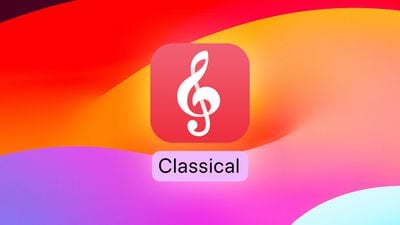
















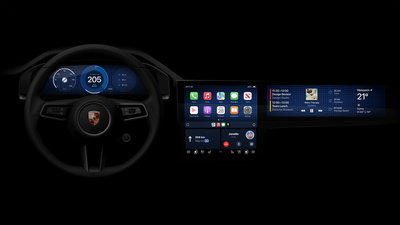

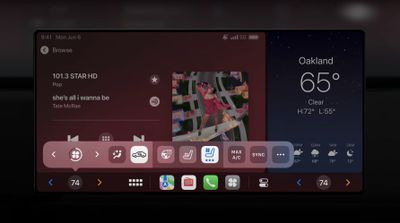

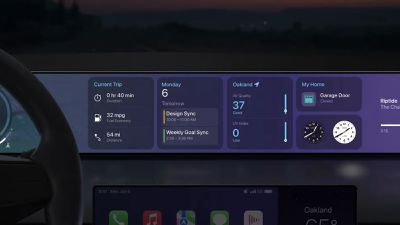
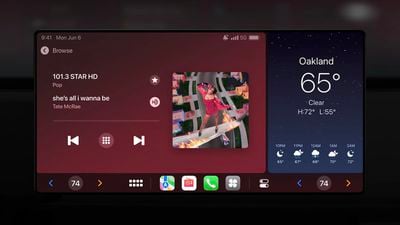
 Aston Martin's next-generation CarPlay preview from December 2023
Aston Martin's next-generation CarPlay preview from December 2023
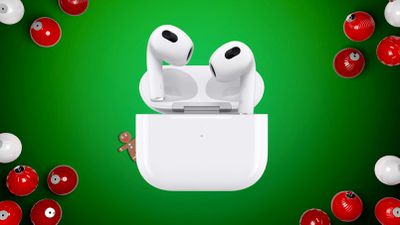 Note: MacRumors is an affiliate partner with Amazon. When you click a link and make a purchase, we may receive a small payment, which helps us keep the site running.
Note: MacRumors is an affiliate partner with Amazon. When you click a link and make a purchase, we may receive a small payment, which helps us keep the site running.
